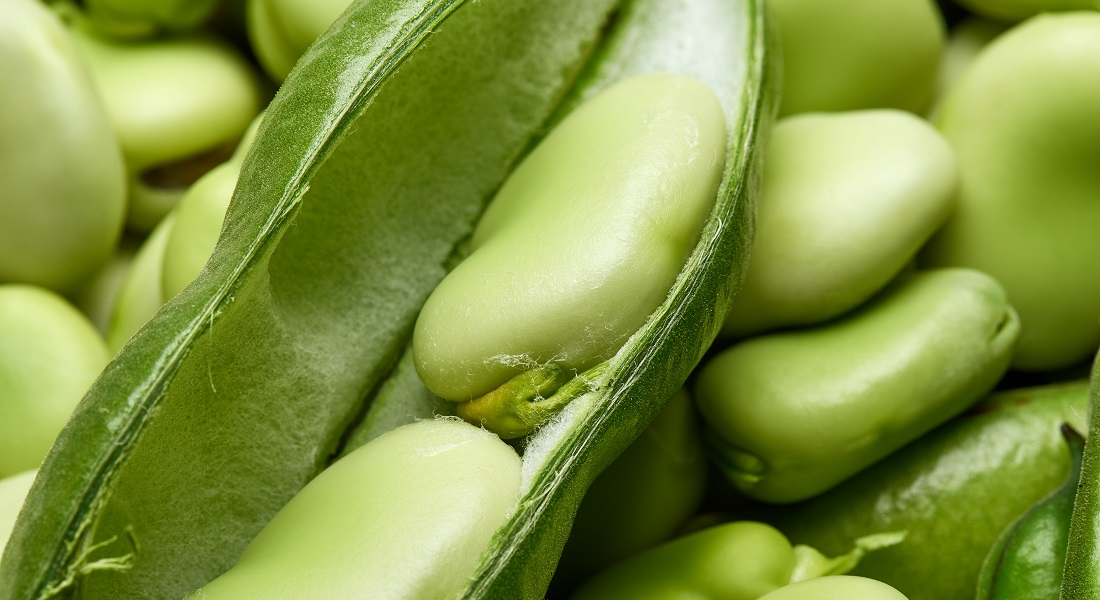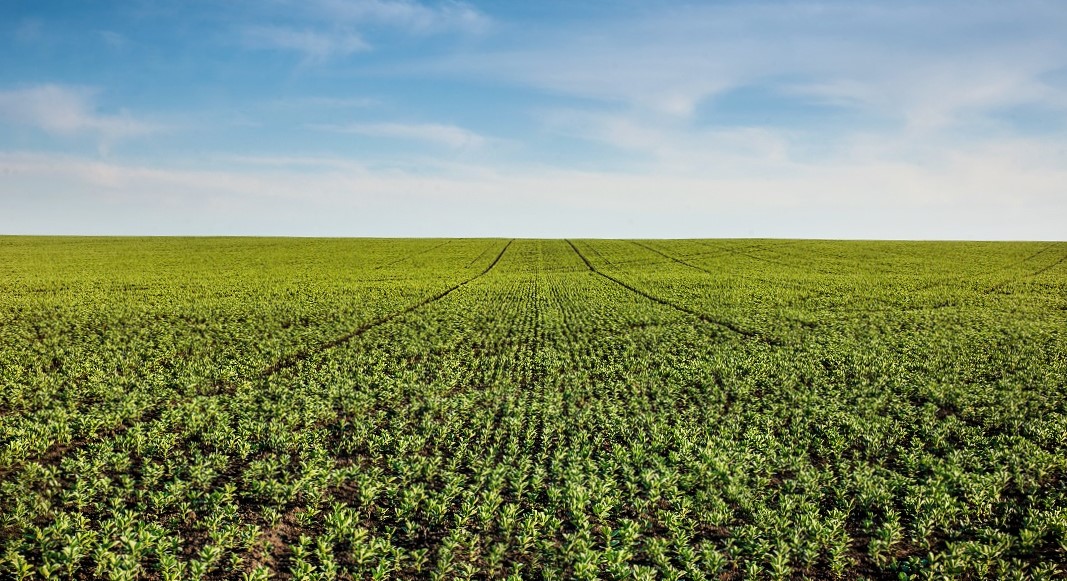Ancient riddle solved: Danish researchers find a way to make faba beans safe for all to eat
Consuming large amounts of faba beans can be dangerous for about 400 million people due to a compound called vicine, which accumulates in the beans. This limits their potential as a widespread, sustainable source of protein. Now, researchers from the Universities of Copenhagen and Aarhus have found out how the problematic compound is produced, paving the way for the development of faba beans that are safe for all to eat.

Pythagoras and his followers avoided them, and for Roman priests of the Jupiter cult, they were a symbol of death. Quite a bad reputation for the innocent-looking beans. While faba beans were a popular protein source in antiquity, it was also known that some became ill after consuming them in large amounts. This has restricted the wider adoption of faba beans, despite the fact that they are considered a key source of sustainable protein for the future. Faba beans have a very high protein content, do not require nitrogen fertilization, and can be grown in both warm and cool climates.
Today, we know that approximately 400 million people – mainly in Asia, Africa and the Mediterranean Basin – are predisposed to favism, a hereditary disease triggered by the compound vicine produced in faba beans. The condition can lead to acute anaemia and liver disorders. But until now, it has remained unknown how or why vicine accumulated in faba beans. New research headed by the Universities of Copenhagen and Aarhus now sheds light on this ancient riddle.
"We have found a key gene responsible for the large accumulation of vicine in faba beans. In doing so, we have solved a major part of the riddle that has prevented faba bean from fulfilling its potential as protein crop," says Fernando Geu-Flores, the study’s lead author and an associate professor in the Department of Plant and Environmental Sciences at the University of Copenhagen.
The results were published this week in the scientific journal Nature Plants.

Faba beans should be safe for all
There are large differences in the amounts of vicine found in different faba bean varieties, and these amounts can fluctuate from year to year. Vicine can be removed using various extraction methods, but this complicates the use of the beans. As such, the long-term goal of the researchers is to produce varieties that are vicine-free from the get-go and safe for all to consume.
By comparing high- and low-vicine varieties, the researchers demonstrated that all low-vicine varieties carry a small mutation in a gene called VC1. Furthermore, the discovery of the VC1 gene led the researchers to propose an entirely new hypothesis on how vicine is made in faba bean.
"The new discovery greatly simplifies the process of transferring the low-vicine trait into other varieties. And now that we have a good grasp of the biochemistry behind vicine production, we have a real opportunity to go one step further and develop faba beans that are entirely free of vicine," explains Associate Professor Stig Uggerhøj Andersen of the Department of Molecular Biology and Genetics at Aarhus University.
FACTS
- Faba beans – also called fava, broad or horse beans – are an annual species of plant in the pea and bean family. They have been cultivated since 6800-6500 BC and have been widely known in Danish agriculture since the Middle Ages.
- Faba bean cultivation in Denmark has increased in recent years, primarily as a substitute for soybean in animal feed. Roughly 20,000 hectares are now being cultivated. However, calculations suggest that the area needs to be expanded to roughly 300,000 hectares to fully exploit the faba bean’s potential for use in compound animal feed.
- Favism is a genetic disease that affects nearly five percent of the world's population and is triggered by the intake of large quantities of fresh faba beans. The disease is caused by a lack of a particular enzyme and can result in acute anaemia.
- The research was supported by Innovation Fund Denmark, VILLUM FOUNDATION and the Danish National Research Foundation.
- The study is part of NORFAB, an international collaborative project that investigates various aspects of faba bean breeding with the prospect of transforming it into a widespread protein source in the northern hemisphere. The project is supported by Innovation Fund Denmark.
More sustainable animal feed
Beyond the great potential as high-protein food, vicine-free faba beans can also contribute to making animal feed more sustainable. Currently, Europe imports enormous quantities of soybean from South America for use as animal feed, and this accounts for a significant proportion of total CO2 emissions.
Danish farmers have begun using faba beans as a soybean substitute. But here too, vicine has been shown to negatively impact certain monogastric animals, such as chickens.
"In the future, we envision locally produced, vicine-free faba beans not only becoming part of our every-day diet but also replacing a large portion of the imported soybean currently used for meat production," concludes Fernando Geu-Flores.

Contact
Fernando Geu-Flores
Associate Professor
Department of Plant and Environmental Sciences
University of Copenhagen
feg@plen.ku.dk
+45 60 57 19 82
Stig Uggerhøj Andersen
Associate Professor
Department of Molecular Biology and Genetics
Aarhus University.
sua@mbg.au.dk
Maria Hornbek
Journalist
Faculty of Science
University of Copenhagen
maho@science.ku.dk
+45 22 95 42 83
